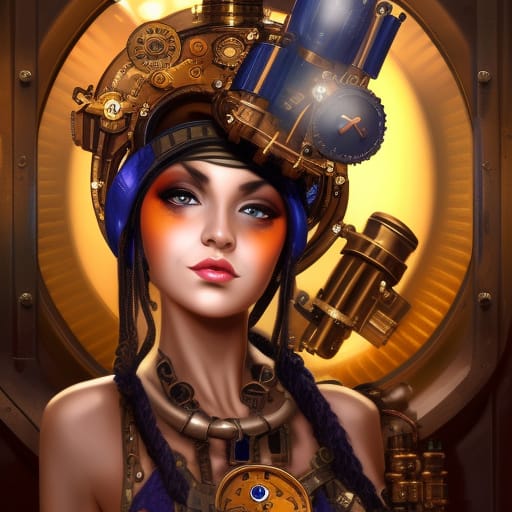
The experience of “emotions” is a complex event that involves a number of different physiological, psychological, and behavioral reactions. What we call “emotions” are always accompanied by what can be a wide but predictable range of bodily sensations, including changes in heart rate, breathing, muscular tension, and skin conductance, all of which can be easily measured and tracked with a Galvanic Skin Response device, such as the 19th century “Wheatstone Bridge” used to determine the values of resistors and capacitors.
Those “emotional” body sensations are triggered by what is called “the autonomic nervous system”, which is responsible for regulating various bodily functions that are not under directly conscious control, such as heart rate and breathing. The autonomic nervous system consists of two branches, the sympathetic and parasympathetic nervous systems, which work together to maintain a state of balance, or homeostasis, in the body.
When we experience an emotion, such as fear or anger, the autonomic nervous system is activated and kicked slightly or greatly off-balance, leading to changes in bodily sensations and functions, which we are taught to connect with emotional state terminology, such as “sadness” or “happiness”.
For example, the sympathetic nervous system might cause an increase in heart rate and respiration, while the parasympathetic nervous system might cause a decrease in heart rate and relaxation, and both of those are associated with a wide spectrum of emotional “states”, which can be read directly from the reactions in the human biological machine.
The experience of “emotions” involves psychological and cognitive processes, such as appraisal, interpretation, and expression.
For example, our thoughts and beliefs about a situation can influence how we interpret and respond emotionally to that situation. Similarly, the way we express our emotions through facial expressions, body language, and verbal communication can also influence how others perceive and respond to us, and all of that is chalked up to “emotion”, which is the interpretation of the body’s momentary state of physical and chemical imbalance.
From a biological perspective, emotions are thought to be mediated by a range of neuro-chemicals and hormones, such as dopamine, serotonin, and cortisol, that are produced and released by the brain and other organs in the body.
These chemicals can influence our mood, motivation, and behavior, and can be affected by a range of factors, including genetics, diet, exercise, and stress.
However, it’s also important to recognize that emotions are shaped by social and cultural factors, such as our upbringing, social norms, and cultural beliefs.
Different cultures and societies may have different norms and expectations around emotional expression, which can influence how individuals experience and express emotions.
What I have in mind is a series of chatbot books, starting with “Conversations with a Chatbot”, which was published several days ago, and is currently available on my etsy store:
I’ll be posting here about this chat GPT and ai-assisted art right here on this blog, and I want to once again state that it’s not just the touch of a button and you get great art, nor is it “write me a novel” with the chat GPT.
It’s a LOT harder than it looks.
That’s why someone who can actually talk to a chatbot is called a “Prompt Engineer”, because it takes engineering of the digital sort in order to get a good reaction.
GIGO is very much in operation here — garbage in, garbage out. In other words, if you want a circus, hire a clown.
I hope you can join us at our morning meetings, where we can demo this stuff live.
See You At The Top!!!
gorby

